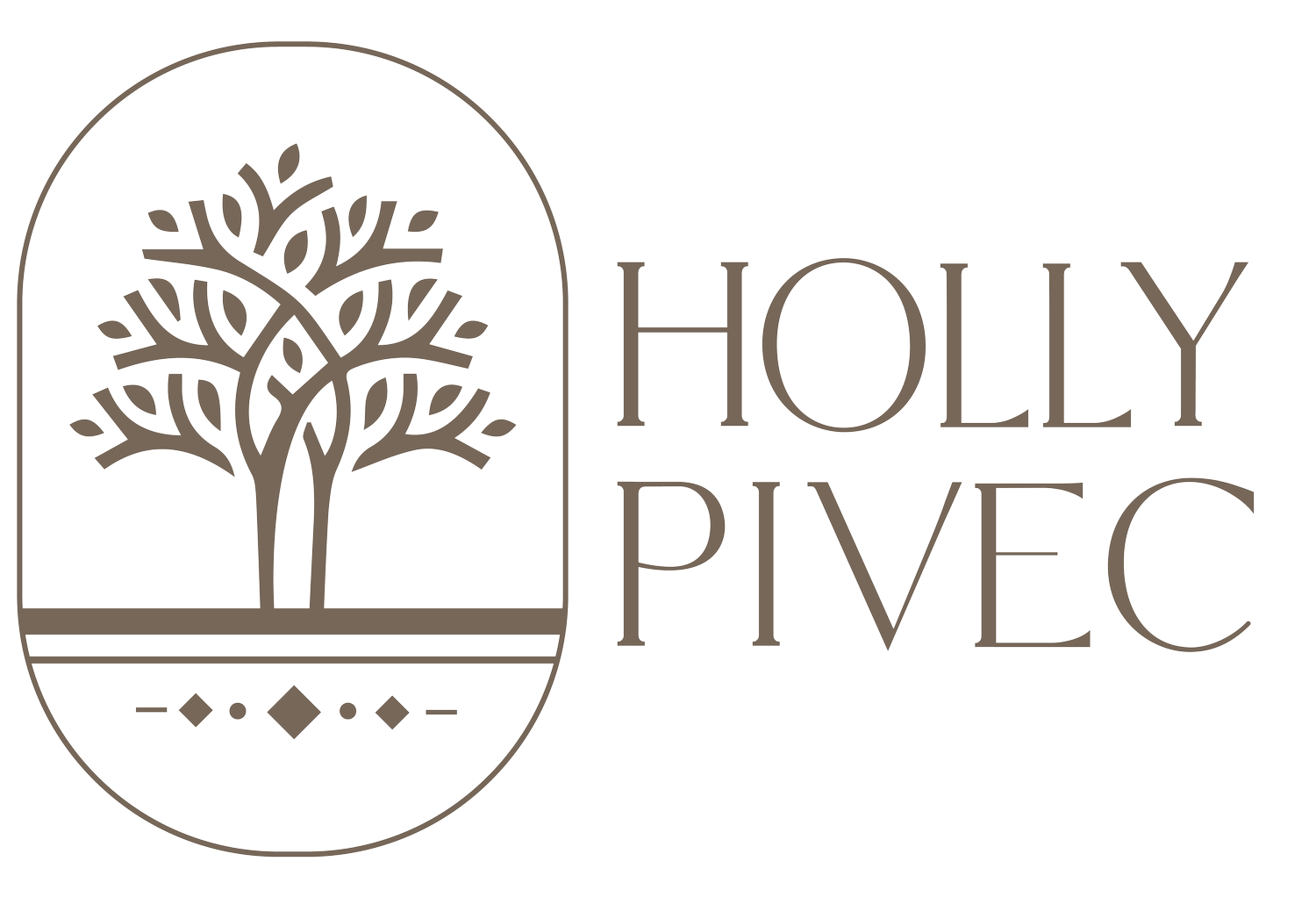Show Me the Evidence
 Yesterday, in preparation for homeschooling my daughter, I ran across a gem of truth--a truth that each person must learn if they want to be able to distinguish reality from baloney. Unfortunately, many adults have not yet learned this truth. As a result, they've accepted all kinds of erroneous beliefs, including beliefs about spiritual matters.What is it? It's the truth that evidence is required to substantiate beliefs. Let me explain.I came across this truth in a book called Building Foundations of Scientific Understanding: A Science Curriculum for K-2. The author, Dr. Bernard J. Nebel, includes a section called the "Baloney Detection Kit," where he lists different types of illogical thinking people often fall into. One type of illogical thinking Nebel challenges is the belief that declaring one's view forcefully makes it true. But, as he points out, stating something passionately--with much conviction--does not make a belief true. Only evidence can do that. Here are his words.
Yesterday, in preparation for homeschooling my daughter, I ran across a gem of truth--a truth that each person must learn if they want to be able to distinguish reality from baloney. Unfortunately, many adults have not yet learned this truth. As a result, they've accepted all kinds of erroneous beliefs, including beliefs about spiritual matters.What is it? It's the truth that evidence is required to substantiate beliefs. Let me explain.I came across this truth in a book called Building Foundations of Scientific Understanding: A Science Curriculum for K-2. The author, Dr. Bernard J. Nebel, includes a section called the "Baloney Detection Kit," where he lists different types of illogical thinking people often fall into. One type of illogical thinking Nebel challenges is the belief that declaring one's view forcefully makes it true. But, as he points out, stating something passionately--with much conviction--does not make a belief true. Only evidence can do that. Here are his words.
We often hear people say, "It's a fact that...," "Everyone knows that...," or "People say that...." Indeed, such a declaration may be a fact, but it may not be. Students should learn that some people promote their own particular prejudice, opinion, or mistaken belief by forcefully declaring it to be a fact or the truth or labeling it as something "everyone knows." Conversely, people may try to counter factual information by declaring it to be stupid, idiotic, or worse. Very simply, facts and truth are what they are. Try as some people might, the real facts are not subject to alteration by human pronouncement. The best we can do is look beyond the declaration and try to examine the basic reality."Show me the evidence!" should be our request to any assertion. This need not be complex. For example, a young student may declare that frogs live in that pond. "Show me the evidence" may lead to the child's presenting you with a frog she or he caught there. On the other hand, a child may declare that a dragon lives in that pond. "Show me the evidence," may yield "So and so told me.""That is not real evidence," we would reply. Real evidence might be dragon scales, scorched bushes at the side of the pond from his fiery breath, or perhaps dragon footprints. "Did you see any of these?" If the child answers yes, then ask, "Is a dragon the only possible explanation for the evidence? Could the scorched bush be the result of somebody's campfire? Could the scales really be clam shells?"Simplistic as this example may seem, it is still bringing the youngster to understand the concept that a simple declaration should not and does not suffice. Evidence must exist that can stand up to scrutiny. It is the evidence (or lack thereof) that should lead us to believing whether something is true, not the force of someone's pronouncements.
I don't agree with everything in Nebel's book, as elsewhere he seems to argue against the validity of all beliefs in the supernatural. Curiously, he does not offer sufficient evidence for doing so--failing to heed his own advice in this particular instance. Nonetheless, he's dead on when he argues that evidence is crucial to justifying one's beliefs.Evidence is what sets apart the Christian faith from all other belief systems, including atheism. The historical evidence for Jesus' resurrection has convinced the toughest skeptics. Learn more about it in this article written by William Lane Craig, titled "The Resurrection of Jesus."The next time you declare something to be true, ask yourself, "What evidence do I have for that belief?" Follow with, "Is there any other reasonable explanation for the evidence?"-- Holly Pivec
